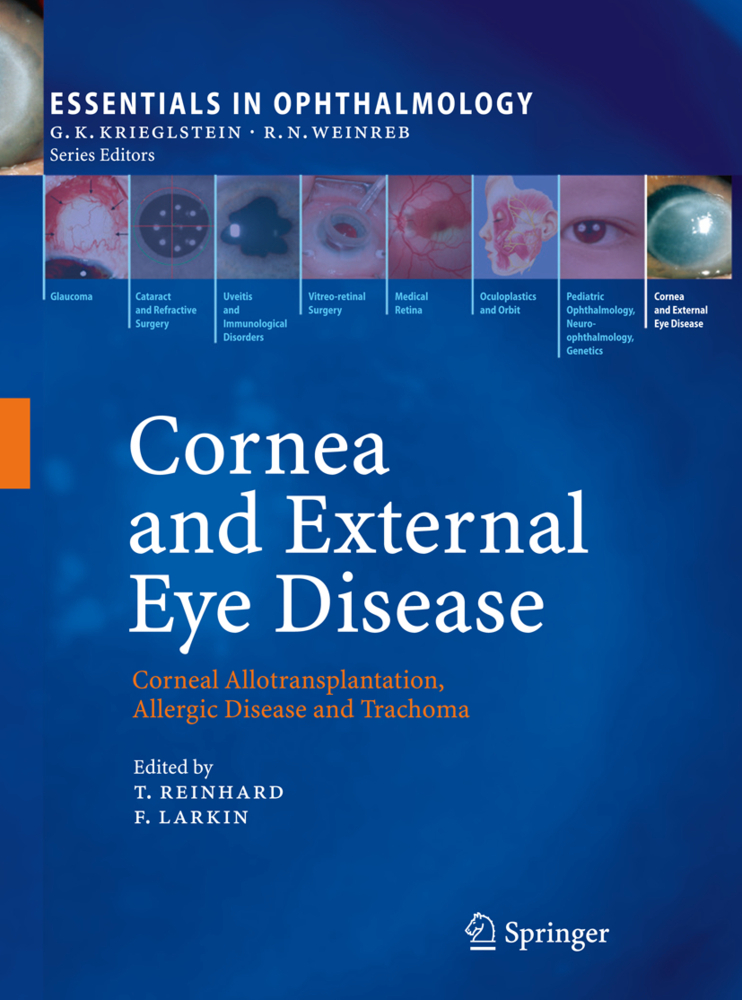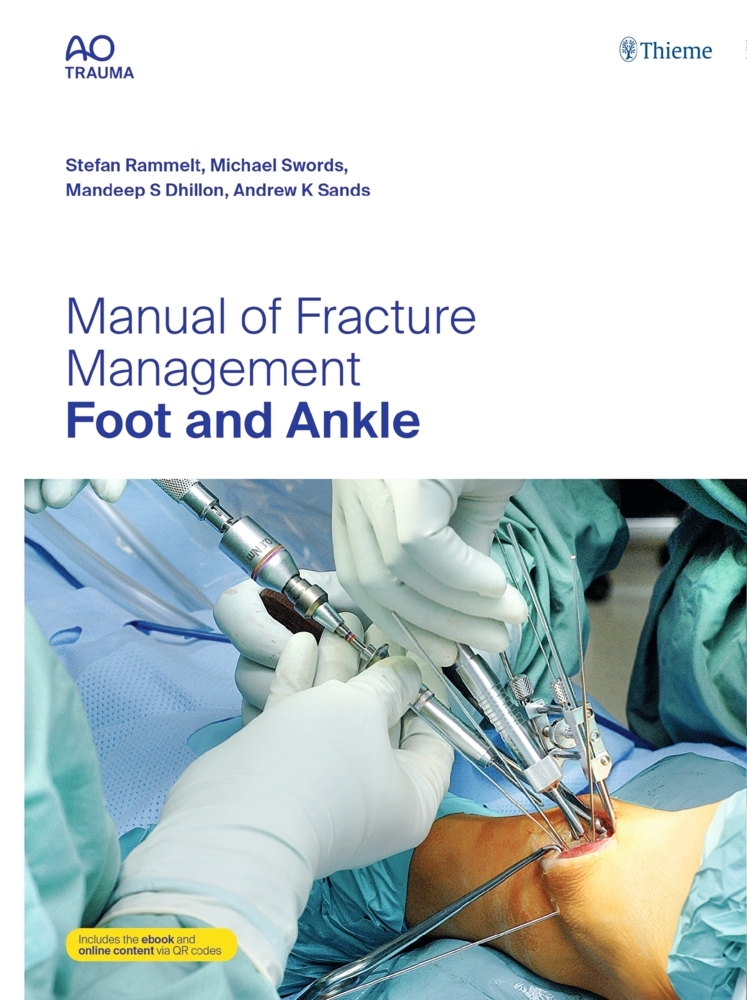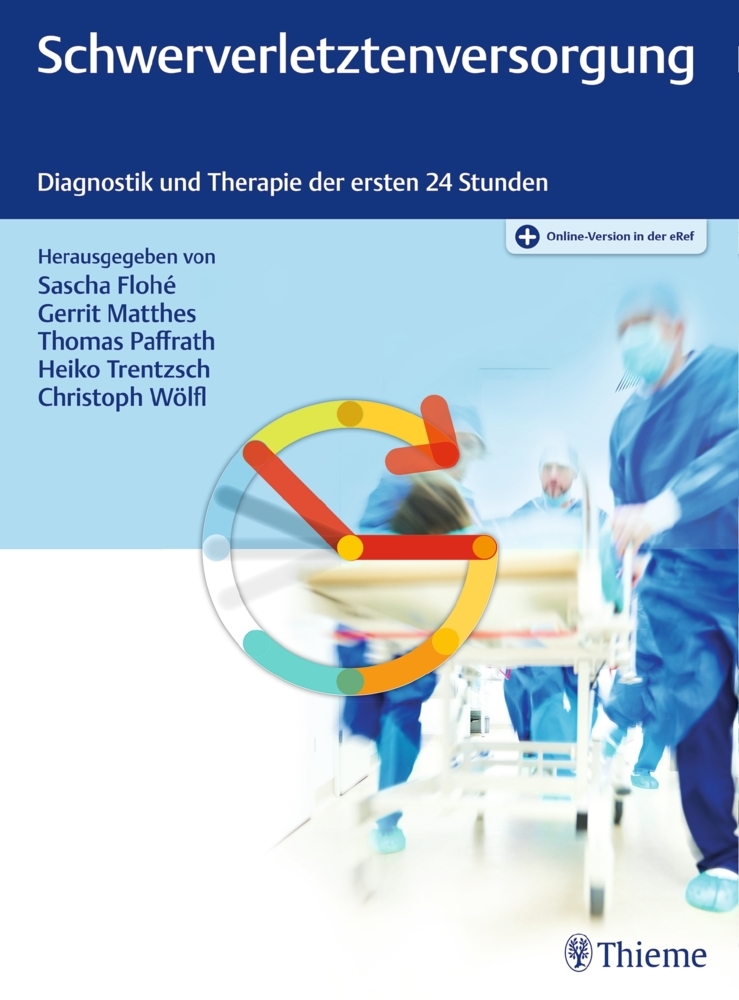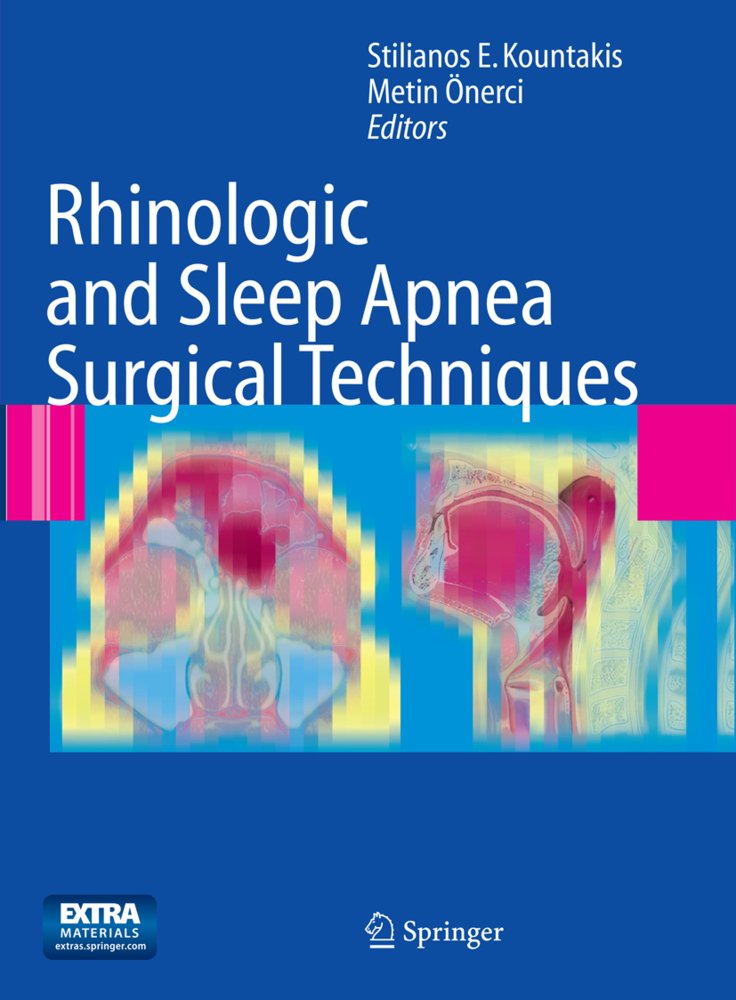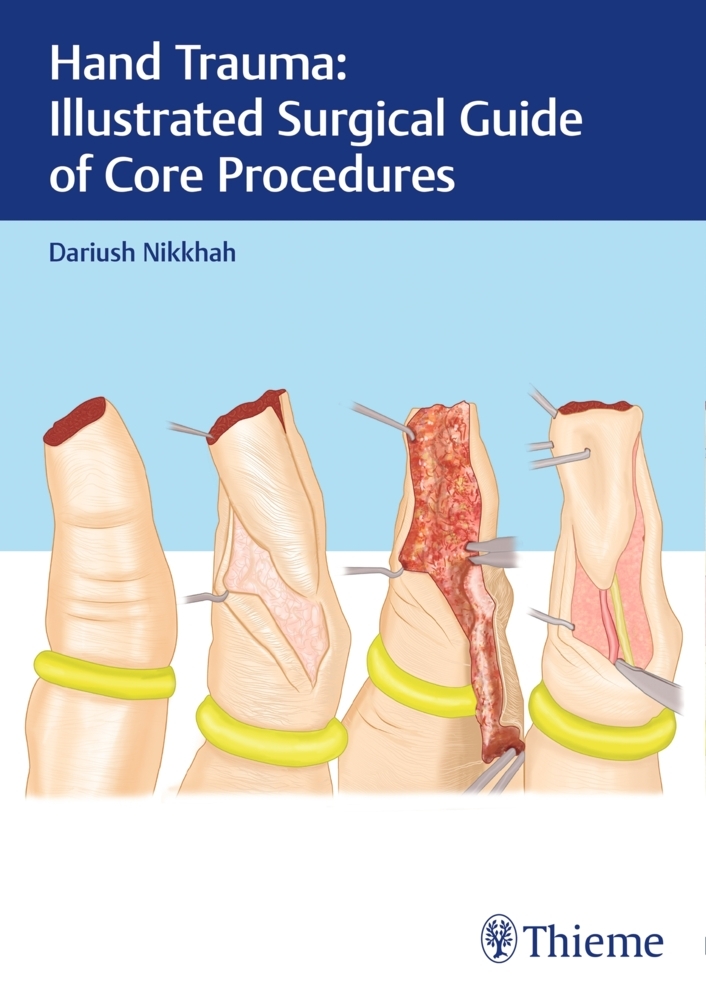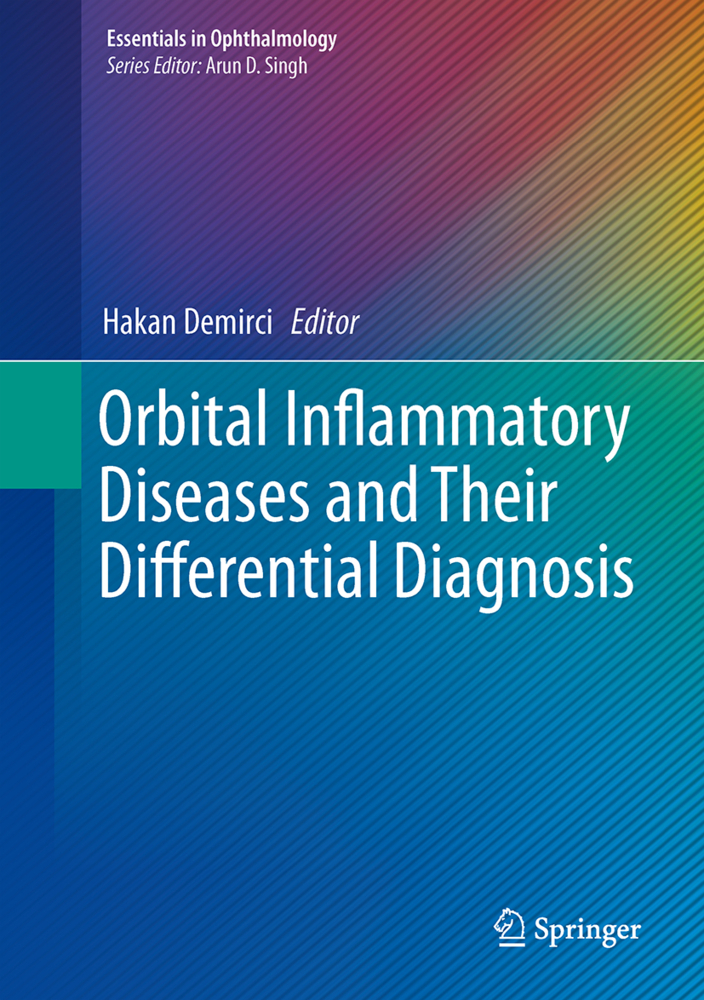Chemical Ocular Burns
New Understanding and Treatments
More than 25,000 chemical products have the potential to cause ocular burns. Because such burns can result in loss of sight or the need for corneal transplantation, they must be taken very seriously. This book is the first to be devoted entirely to chemical ocular burns. All aspects of the subject are covered, including history, epidemiology, chemical agents and reactions, histology, pathophysiology, clinical signs, medical and surgical treatments, and emergency care. Particular attention is paid to the mechanisms involved in ocular burns and to the links between the chemical reactivity of corrosive agents and the clinical manifestations. Current principles of decontamination are fully explained and the latest treatment techniques are discussed in detail. This book stands at the interface of the chemical and medical sciences. It will be of great practical value to ophthalmologists and doctors in emergency medical and burns units, and will acquaint chemists with the clinical consequences of corrosivity.
1;Chemical Ocular Burns;1 1.1;Copyright Page;3 1.2;List of Authors;4 1.3;Foreword;5 1.4;Preface;7 1.5;Contents;9 1.6;1: History of Chemical Burns and Relative Treatments;10 1.6.1;1.1 Burns for Doctors in Antiquity;10 1.6.1.1;1.1.1 Chemical Burns Since Antiquity;12 1.6.1.2;1.1.2 Treatment of Thermal and Chemical Burns in the Second Half of Twentieth Century, the Revolution of Intensive Care;13 1.6.1.3;1.1.3 History of the Treatment of Chemical Skin Burns;14 1.6.1.4;1.1.4 Conclusion;14 1.6.2;1.2 Modern History of the Chemical Burns;14 1.6.2.1;1.2.1 Burns, a Disease of Different Origins;14 1.6.2.2;1.2.2 Start of Medical Treatment;15 1.6.2.3;1.2.3 Research in Toxicology and Ophthalmology;15 1.6.2.4;1.2.4 Rinsing Therapy;15 1.6.2.5;1.2.5 Classification of Eye Burns;15 1.6.2.6;1.2.6 Specific Treatment Options;16 1.6.2.7;1.2.7 Future and Present of Reconstitutive Concepts;16 1.6.3;References;16 1.7;2: Epidemiology of Ocular Chemical Burn Injuries;18 1.7.1;2.1 Introduction;18 1.7.2;2.2 Data Limitations and Scope of the Problem;18 1.7.2.1;2.2.1 Individual Publications/Case Series;18 1.7.2.2;2.2.2 American Association of Poison Centers National Poison Data System (NDPS);19 1.7.2.3;2.2.3 US Bureau of Labor Statistics Data;19 1.7.3;2.3 Etiology;20 1.7.3.1;2.3.1 Work-Related Injury;20 1.7.3.2;2.3.2 Deliberate Chemical Assault;20 1.7.3.3;2.3.3 Complications of Face Peeling;22 1.7.3.4;2.3.4 Burn Center/Hospital Studies;22 1.7.4;2.4 Involved Chemicals;23 1.7.5;2.5 Conclusions;23 1.7.6;References;23 1.8;3: The Chemical Agents and the Involved Chemical Reactions;25 1.8.1;3.1 From Chemistry to Symptoms;25 1.8.1.1;3.1.1 What Is a Chemical Burn?;25 1.8.1.2;3.1.2 What Are the Parameters Affecting the Chemical Burn?;25 1.8.1.3;3.1.3 Extent of the Matter;25 1.8.2;3.2 The Chemical Agent;26 1.8.2.1;3.2.1 Molecular Structure of an Irritant or a Corrosive;26 1.8.2.2;3.2.2 Reactive Functional Groups of Irritant or Corrosive Agents;27 1.8.2.2.1;3.2.2.1 Acidic Function;27 1.8.2.2.2;3.2.2.2 Basic Function;27 1.8.2.2.2.1;Energy Scale of Acid-Base Reactions: The pK Notion;27 1.8.2.2.3;3.2.2.3 Oxidizing Function;27 1.8.2.2.4;3.2.2.4 Reduction Function;28 1.8.2.2.5;3.2.2.5 Solvent Function;28 1.8.2.2.6;3.2.2.6 Chelating Function or Complexation;29 1.8.2.2.6.1;Energy Scale of Chelation Reactions;29 1.8.2.2.7;3.2.2.7 Alkylation Reaction;29 1.8.2.2.7.1;Reactivity Scale for Alkylating Agents;30 1.8.2.2.8;3.2.2.8 Molecular Reactivity and Chemical Bonds: Main Aspects;30 1.8.2.3;3.2.3 Modulation of the Expression of the Reactivity of a Molecule;30 1.8.2.3.1;3.2.3.1 Acetic Acid and Its Derivatives;30 1.8.2.3.2;3.2.3.2 Hydrofluoric Acid;31 1.8.2.3.3;3.2.3.3 Phenol;31 1.8.2.3.4;3.2.3.4 Methylamines Series;32 1.8.2.3.5;3.2.3.5 Last Illustration: Acrolein;32 1.8.2.4;3.2.4 Energetic Levels of the Chemical Reactivity;33 1.8.2.4.1;3.2.4.1 Acid-Base Scale;33 1.8.2.4.2;3.2.4.2 Prediction of the Irritant Power of Acids or Bases;35 1.8.2.4.3;3.2.4.3 Scales of Energy Level;35 1.8.3;3.3 Constituents of the Tissues: Which Are the Biological and Biochemical Targets?;37 1.8.4;3.4 The Mechanisms of the Chemical Burn During the Contact Between the Aggressor and the Eye;39 1.8.4.1;3.4.1 The Different Elementary Types of Chemical Reactivity;39 1.8.4.2;3.4.2 Energy Dimension of Chemical Burns;41 1.8.4.3;3.4.3 Key Parameters of Chemical Burns;42 1.8.4.3.1;3.4.3.1 Danger Resulting of the Nature of the Involved Chemical;43 1.8.4.3.1.1;Solid Form;43 1.8.4.3.1.2;Viscosity;43 1.8.4.3.1.3;Exothermic Reaction;44 1.8.4.3.1.3.1;Titanium Tetrachloride;44 1.8.4.3.1.3.2;Trichloromethylsilane;45 1.8.4.3.1.3.3;Boron Trifluoride;45 1.8.4.3.1.3.4;Sulfuric Acid;46 1.8.4.3.2;3.4.3.2 Risk Factors in Relation with the Conditions of Use;47 1.8.4.3.2.1;Concentration of the Chemical;47 1.8.4.3.2.2;Phenomenon of the Diffusion of Corrosives in Relation with Their Concentration;48 1.8.4.3.2.3;Time of Contact;49 1.8.4.3.2.4;Temperature;50 1.8.4.3.2.5;Pressure;51 1.8.5;3.5 Practical Conclusions in Order to Manage the O
Schrage, Norbert
Burgher, François
Blomet, Jöel
Bodson, Lucien
Gerard, Max
Hall, Alan
Josset, Patrice
Mathieu, Laurence
Merle, Harold
| ISBN | 9783642145506 |
|---|---|
| Artikelnummer | 9783642145506 |
| Medientyp | E-Book - PDF |
| Copyrightjahr | 2010 |
| Verlag | Springer-Verlag |
| Umfang | 122 Seiten |
| Kopierschutz | Digitales Wasserzeichen |

